Studio Bark has transformed a Victorian villa into an eco-friendly family home
A Victorian villa in the South of England has been overhauled with new low-energy systems and a self-build addition to create a home fit for the future
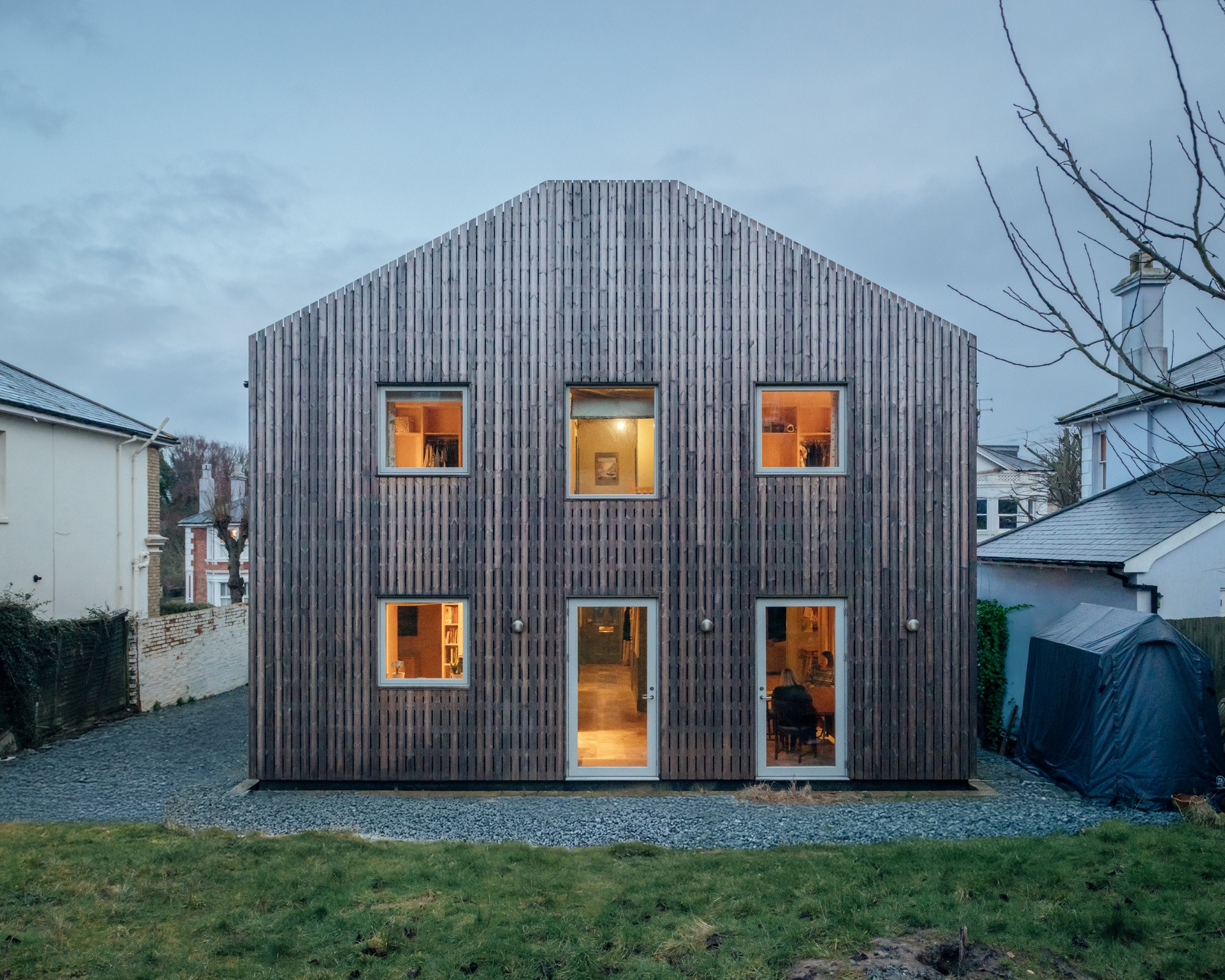
Retrofit continues to be one of the most vital areas of innovation in domestic architecture, especially in locations where space for new build is at a premium and great swathes of fundamentally solid and eminently adaptable housing stock is ready for conversion. That’s the thinking behind this new house, a transformed Victorian villa in Tunbridge Wells, recently extended and radically overhauled by East London practice Studio Bark.
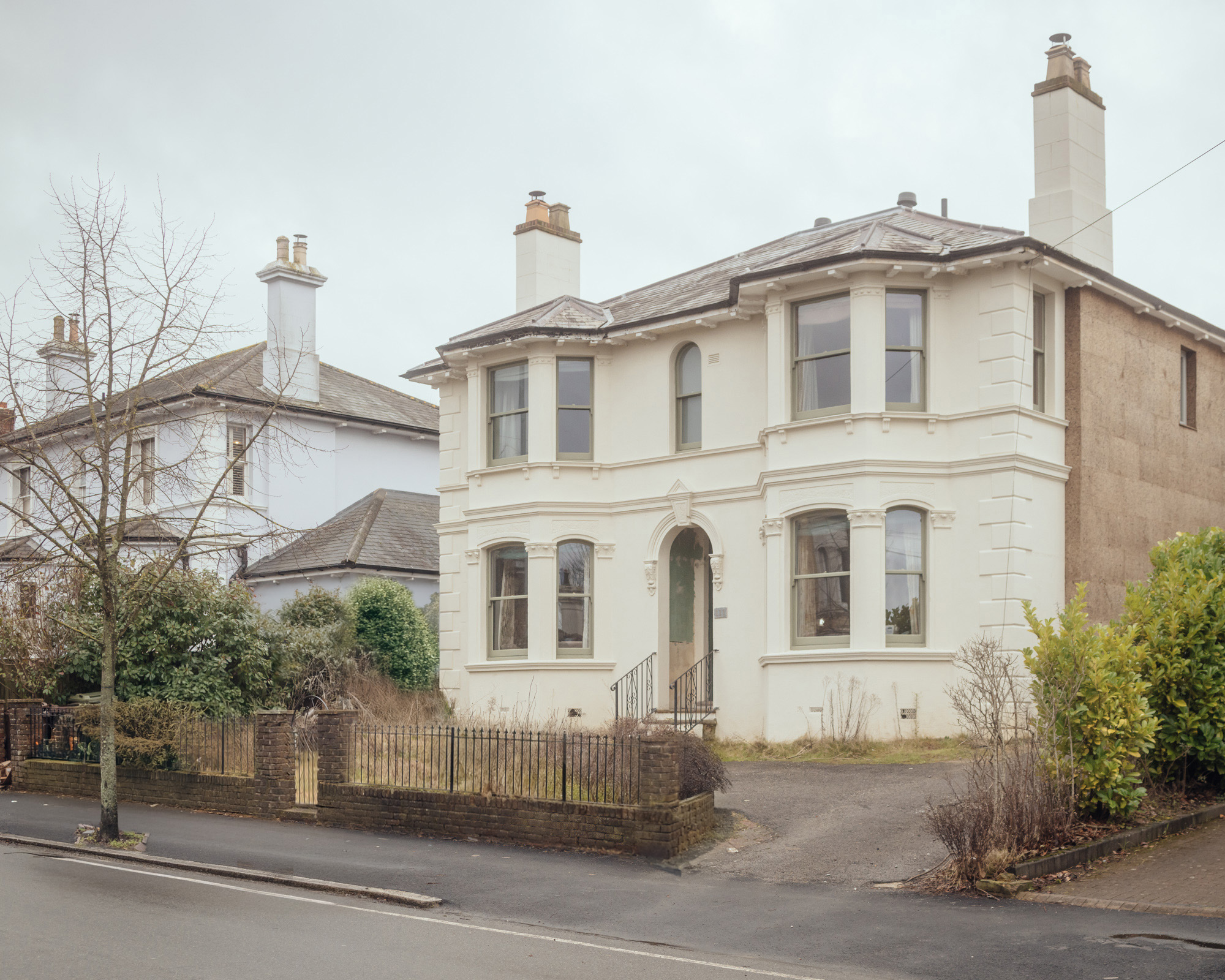
Meadow Road House by Studio Bark, front facade showing the new cork insulation on the side walls
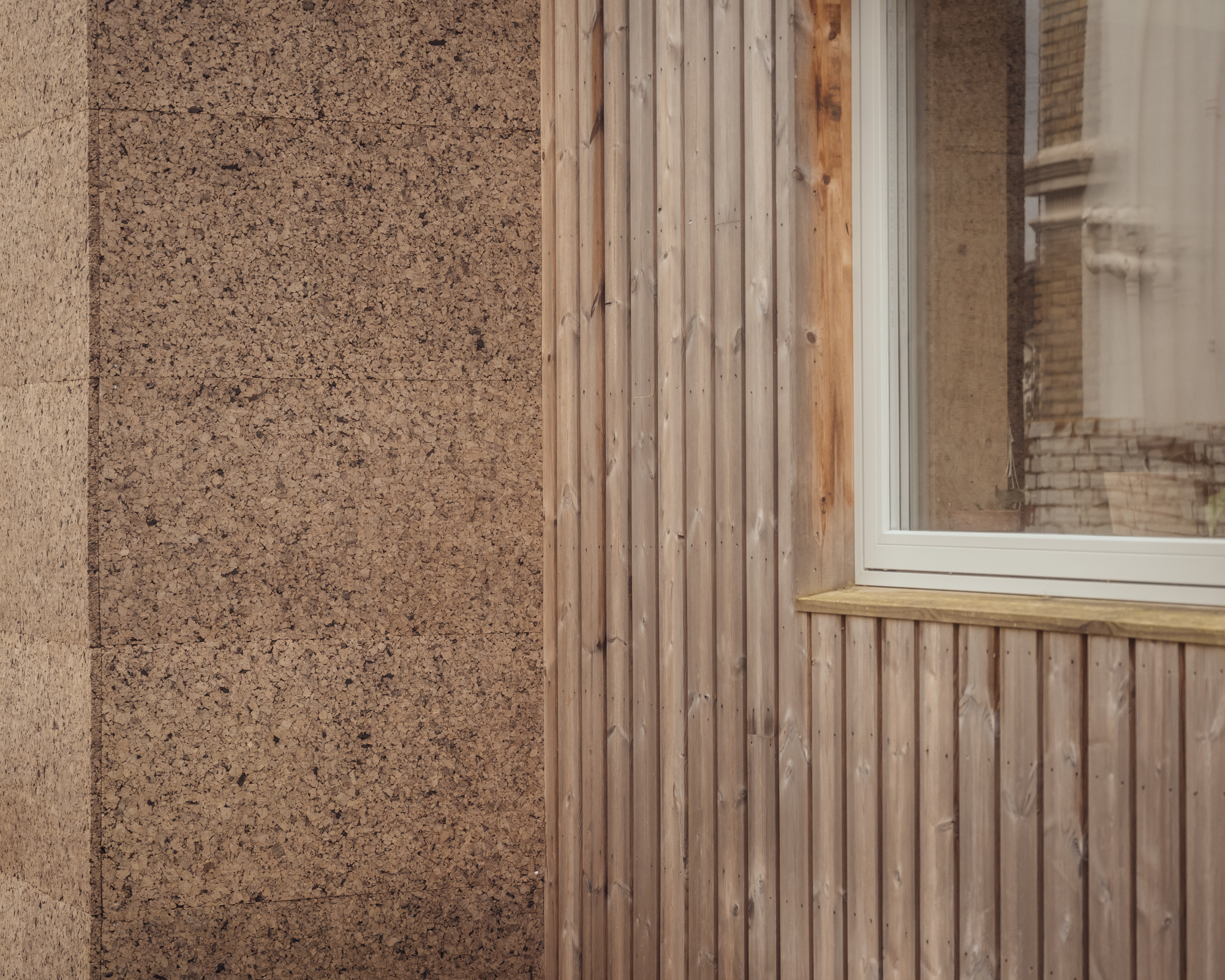
The junction of old and new
Tour this radically transformed Victorian villa
The firm, which won the Architecture Activism Award 2024 has a long history of adapting and enhancing the energy performance of traditional homes. This detached double-fronted Victorian villa was an excellent blank slate. Essentially untouched for half a century, it had none of the half-hearted fixes and sticking plaster solutions applied over the decades. Studio Bark was able to extend and upgrade the house, adding an extra bedroom and a linear addition at the rear, while reducing the overall energy consumption of the site.
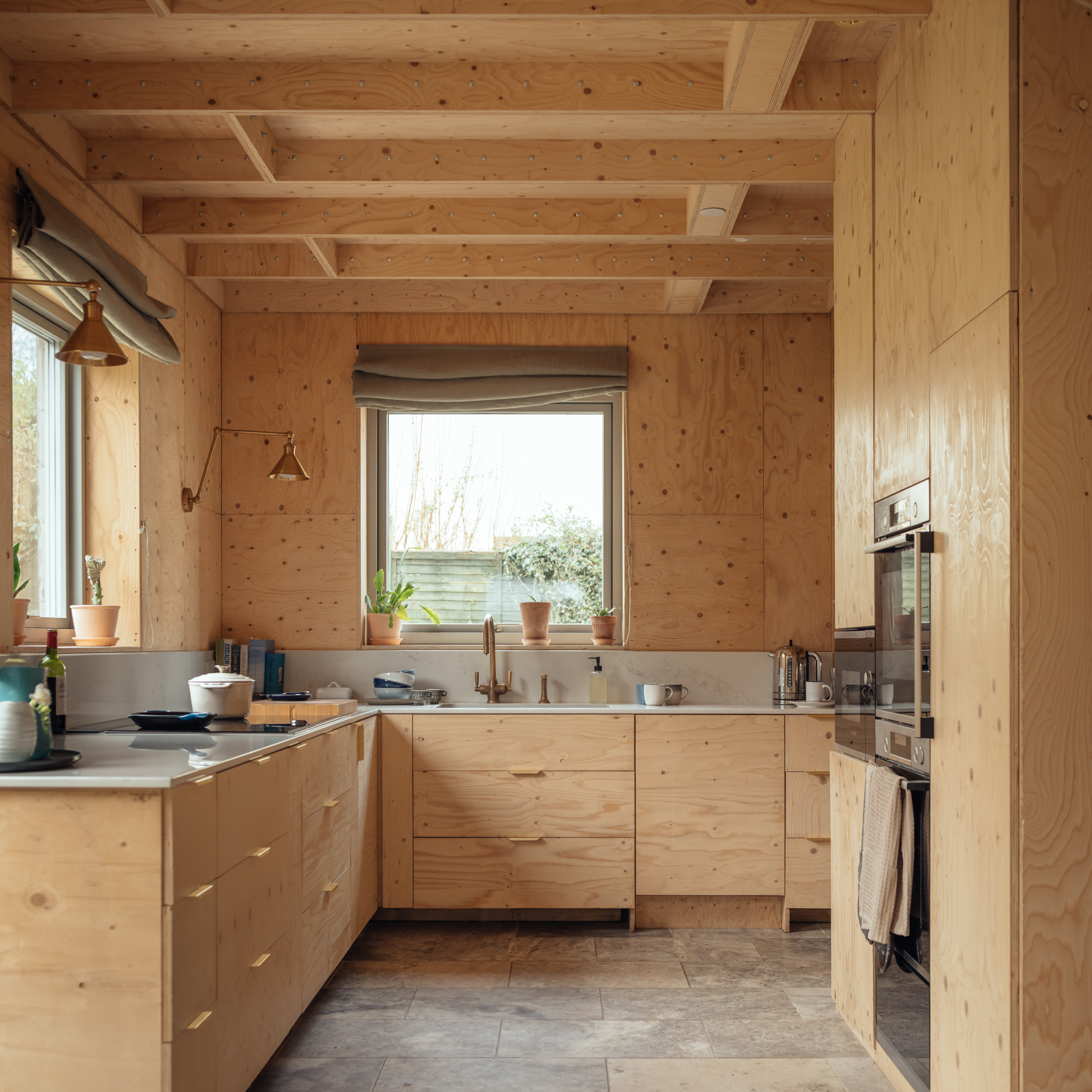
At ground floor level the new extensions houses a timber kitchen
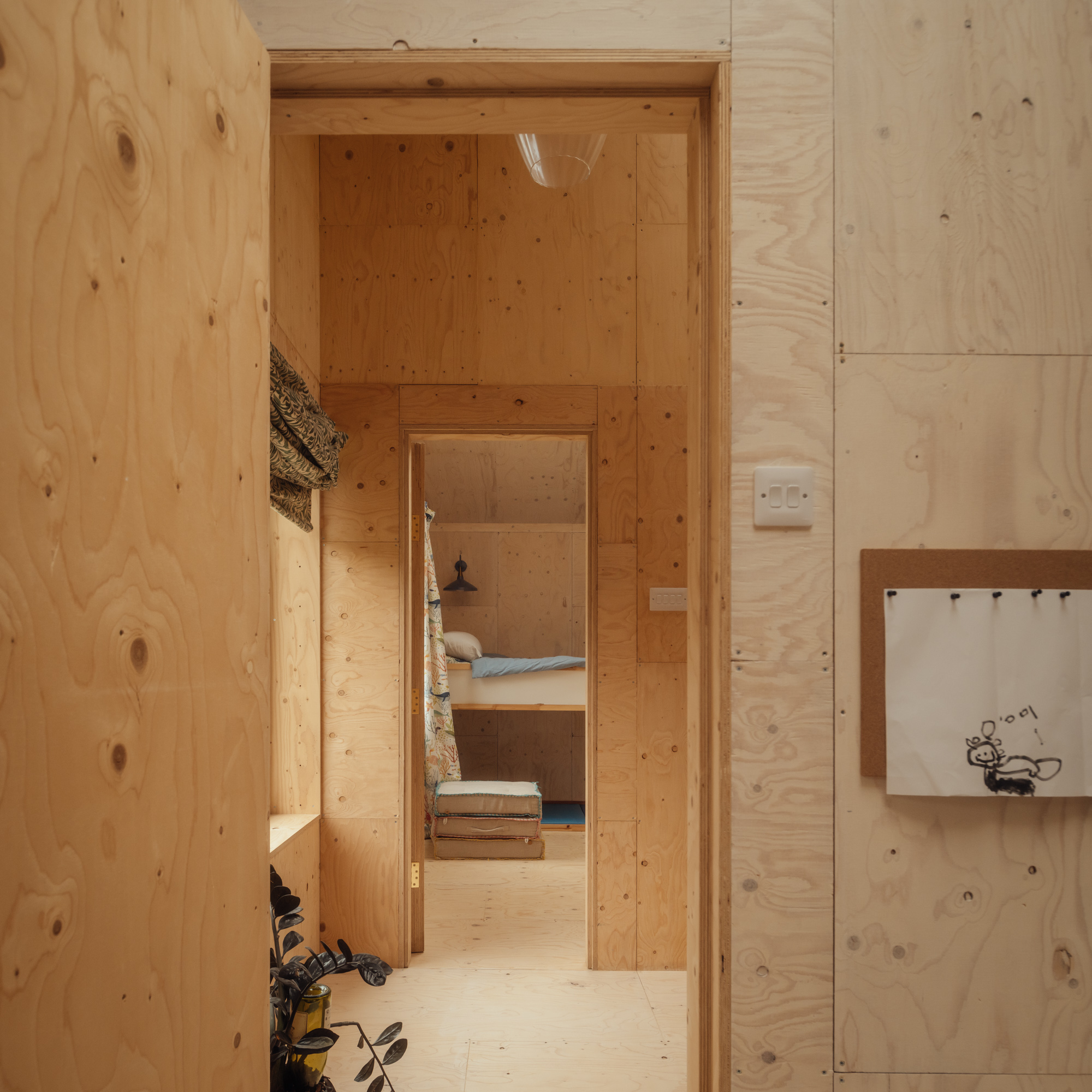
Two children's bedrooms are housed on the first floor of the extension
The project was undertaken using the studio’s U-Build system, a modular construction method that allowed the 50m2 rear extension to be undertaken as a self-build project by the clients. Timber-clad and thickly insulated, the extension has two bedrooms on the first floor and a full-width kitchen diner on the ground floor that connects with the existing living space and a new pantry. There’s also a new side entrance, which replaces a lean-to garage.
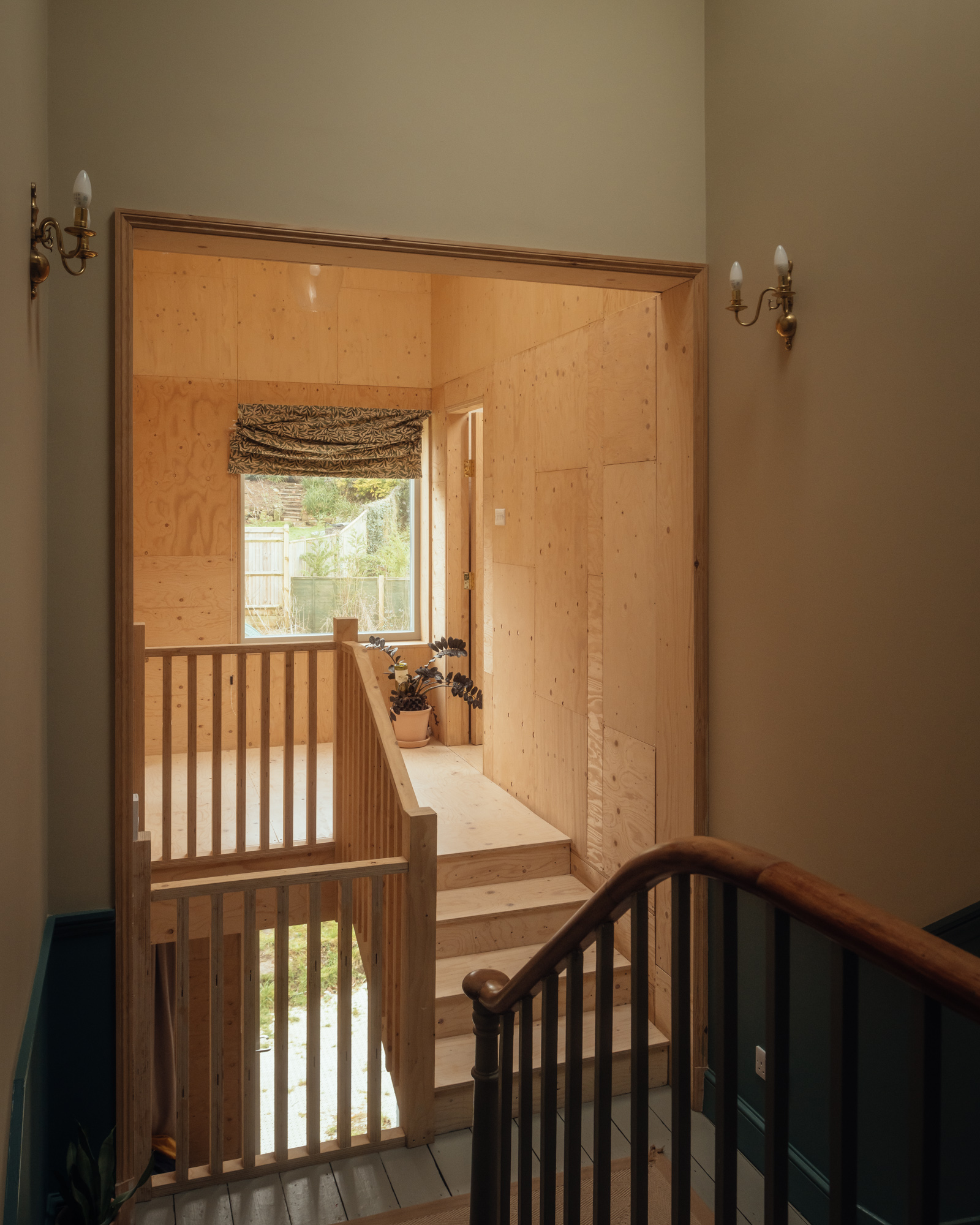
The stairwell marks the junction between old and new
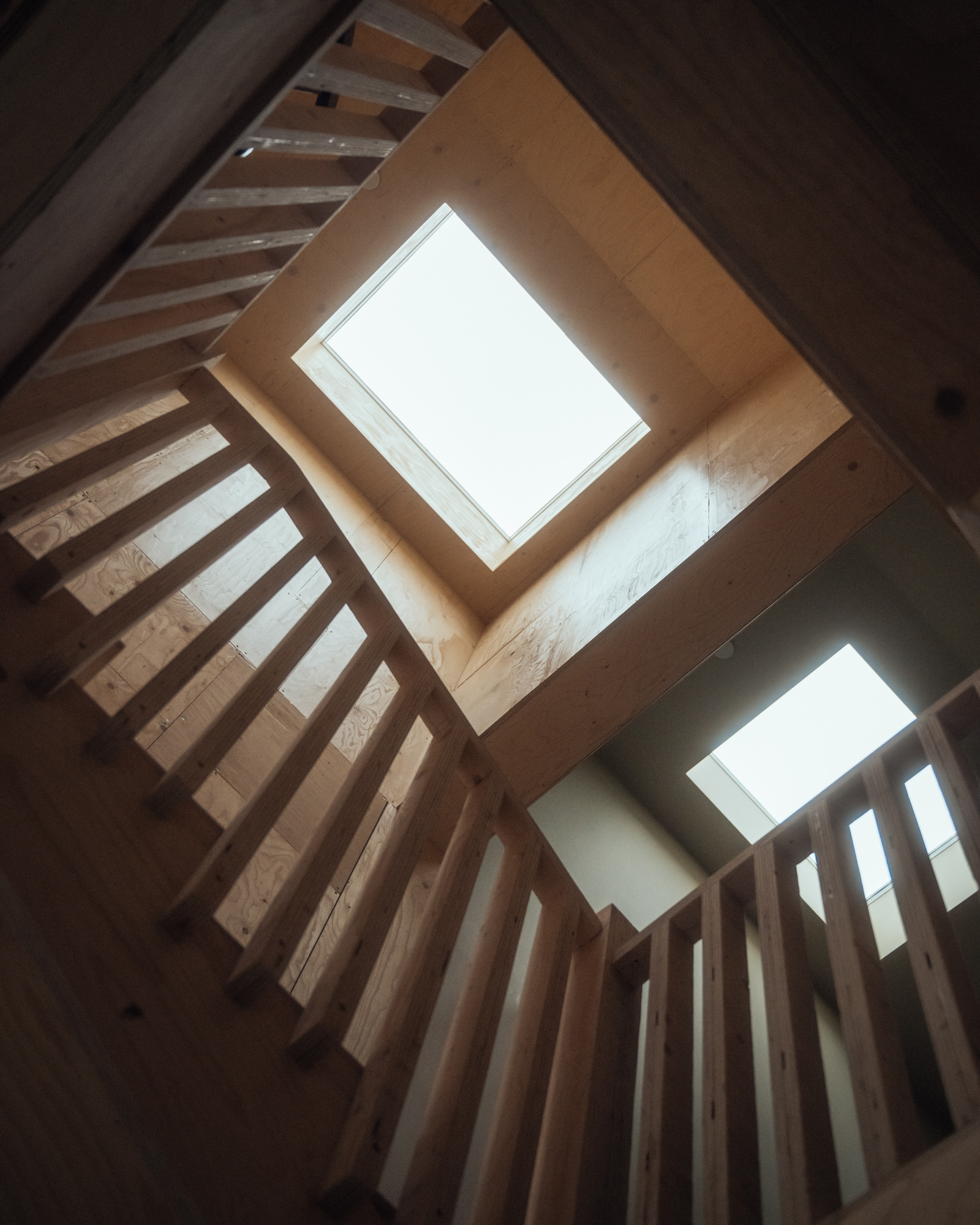
Looking up the triple height central atrium
With the side elevations clad in cork over wool insulation, and the addition of the new extension, the house’s thermal performance has been massively improved. New double-glazed sash windows on the front elevation retain the house’s traditional look, giving no clue as to what lies behind.
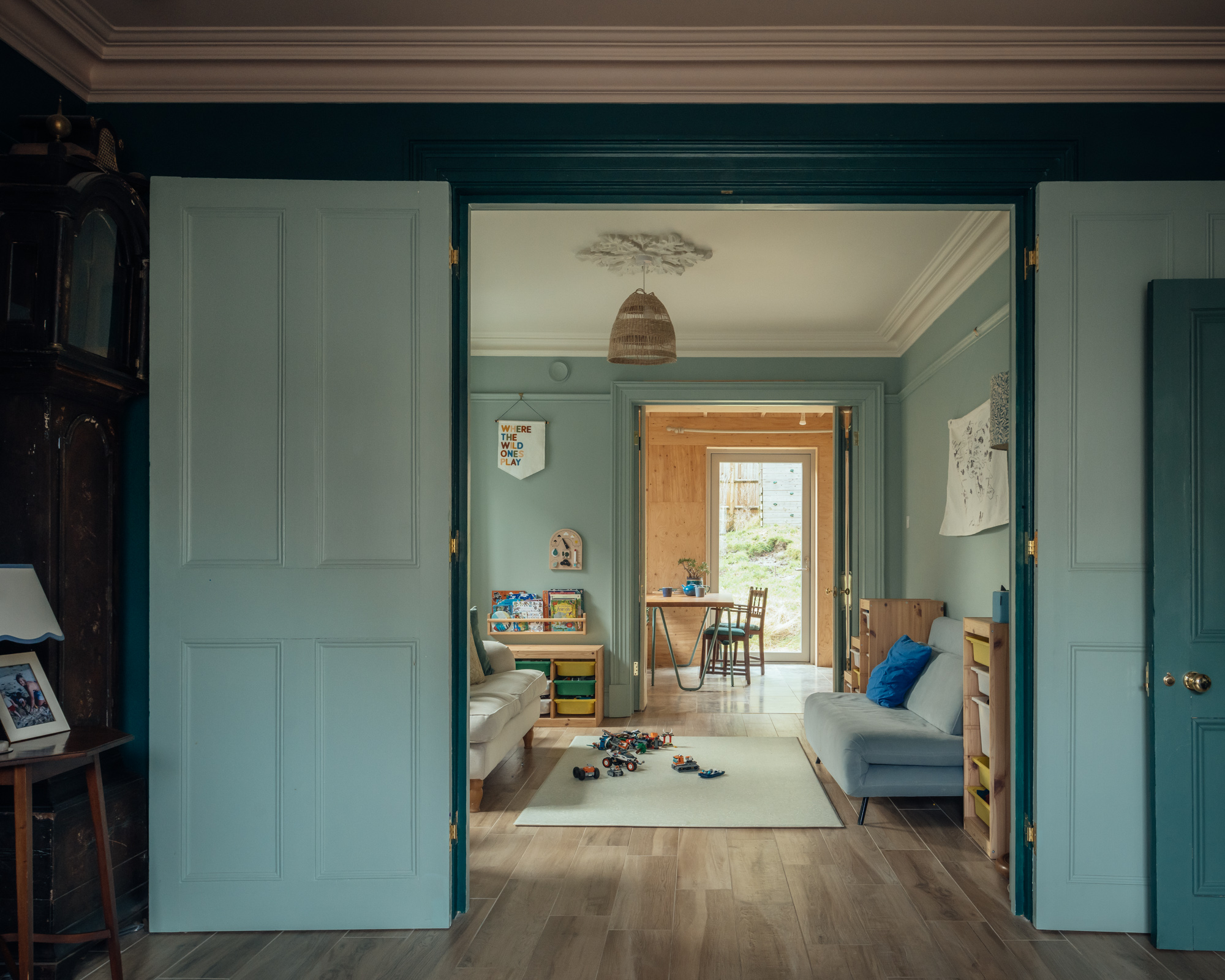
The original decorative elements of the house were restored and upgraded
This blend of upgrade and heritage restoration carries through the entire house, with a warm colour palette that accentuates the original Victorian detailing, especially the joinery, architraves and plasterwork, paired with a stripped-down contemporary timber aesthetic for the new kitchen, made from exposed spruce plywood. This cladding material is also used in the U-Build extension to differentiate it from the main house, complete with steps leading off the half-landing to reach it.
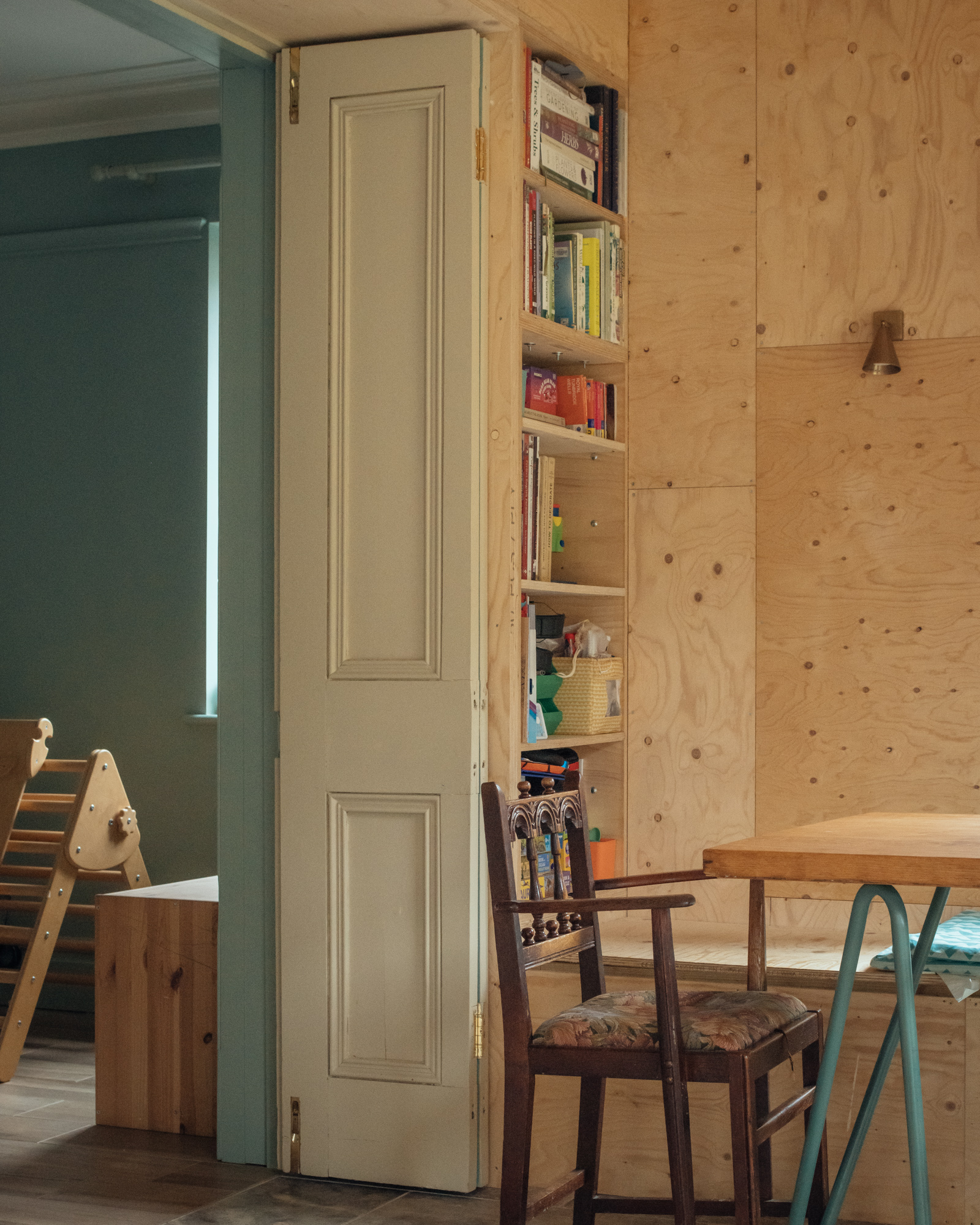
The house is a sympathetic blend of old and new
This is not a precious house, with an esoteric mix of colour, heirloom and salvaged furniture. The transformation included the creation of a triple-height atrium in the heart of the house, reusing the existing stairwell to illuminate the landings and hallway thanks to a new skylight. Energy efficient systems included the addition of an air source heat pump and MVHR (Mechanical Ventilation with Heat Recovery), taking energy bills down by 75% despite increasing the floorspace by 27%.
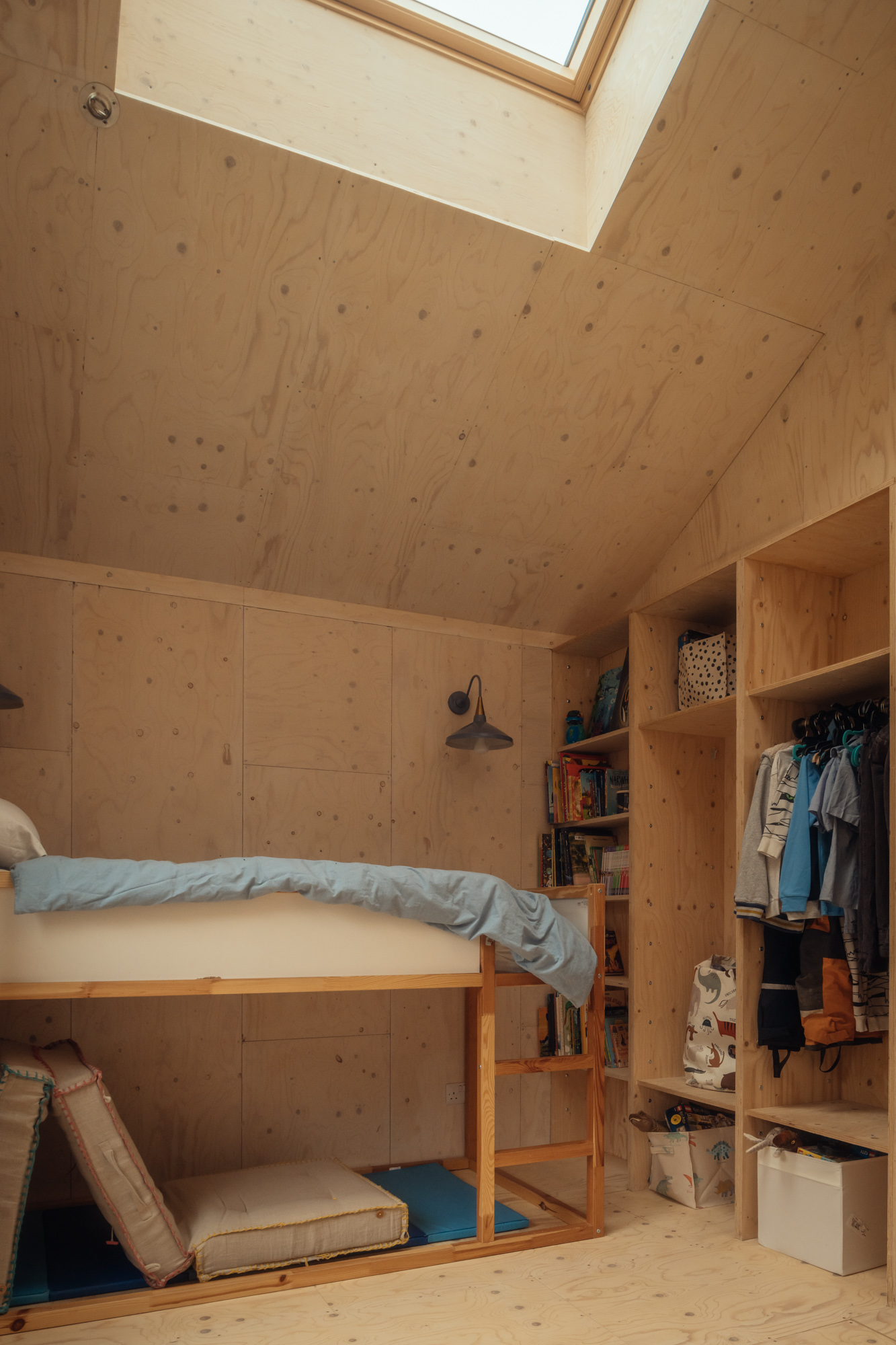
One of the new children's bedrooms in the extension
Founded by Wilf Meynell, Nick Newman and Steph Chadwick, Studio Bark is pushing its U-Build system as a relatively straightforward way of creating a modular extension, using timber elements that simplify the construction process and can even be de-mounted and reused.
Receive our daily digest of inspiration, escapism and design stories from around the world direct to your inbox.
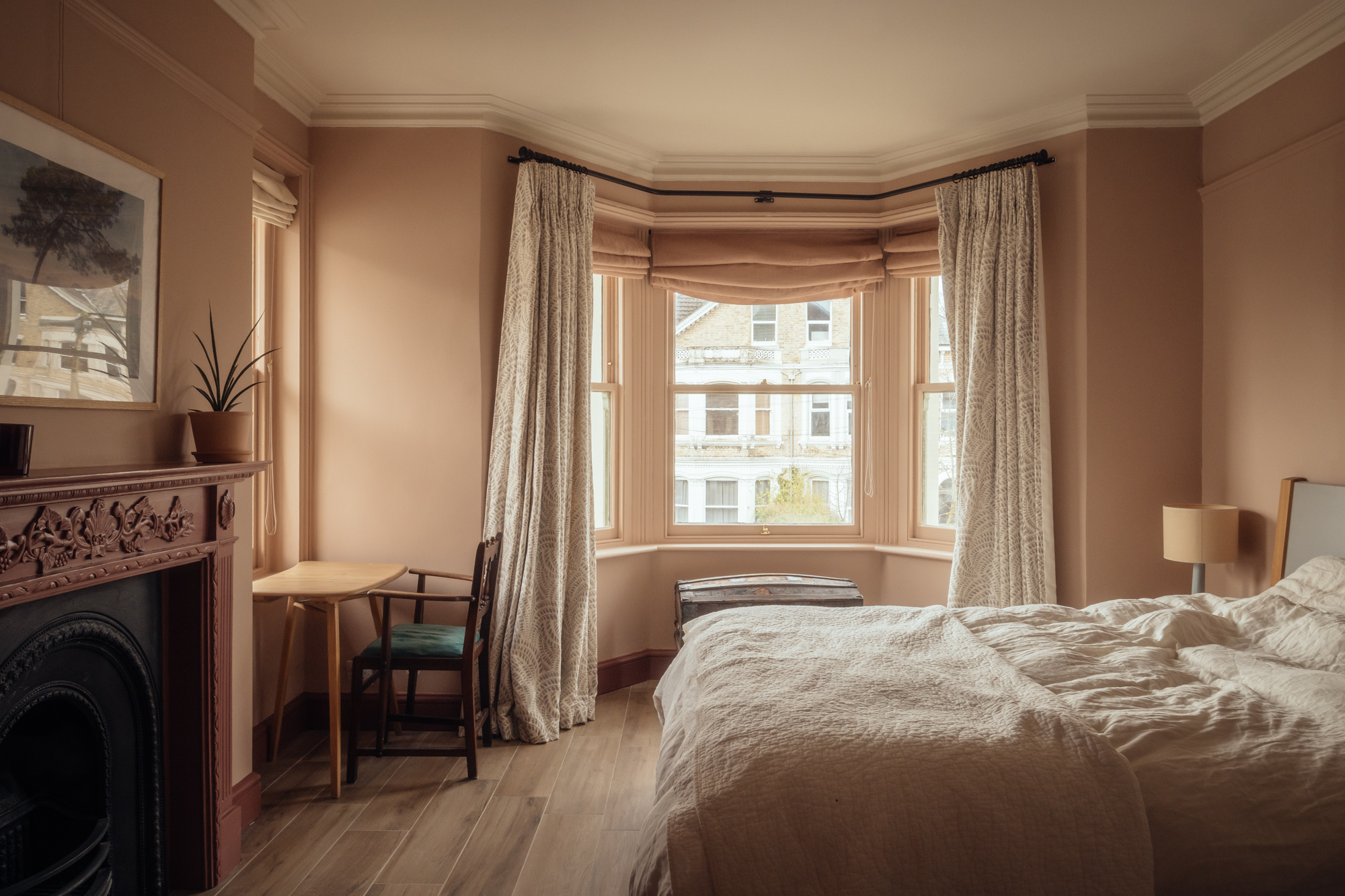
The bedrooms at the front of the house retain their period details
Jonathan Bell has written for Wallpaper* magazine since 1999, covering everything from architecture and transport design to books, tech and graphic design. He is now the magazine’s Transport and Technology Editor. Jonathan has written and edited 15 books, including Concept Car Design, 21st Century House, and The New Modern House. He is also the host of Wallpaper’s first podcast.
-
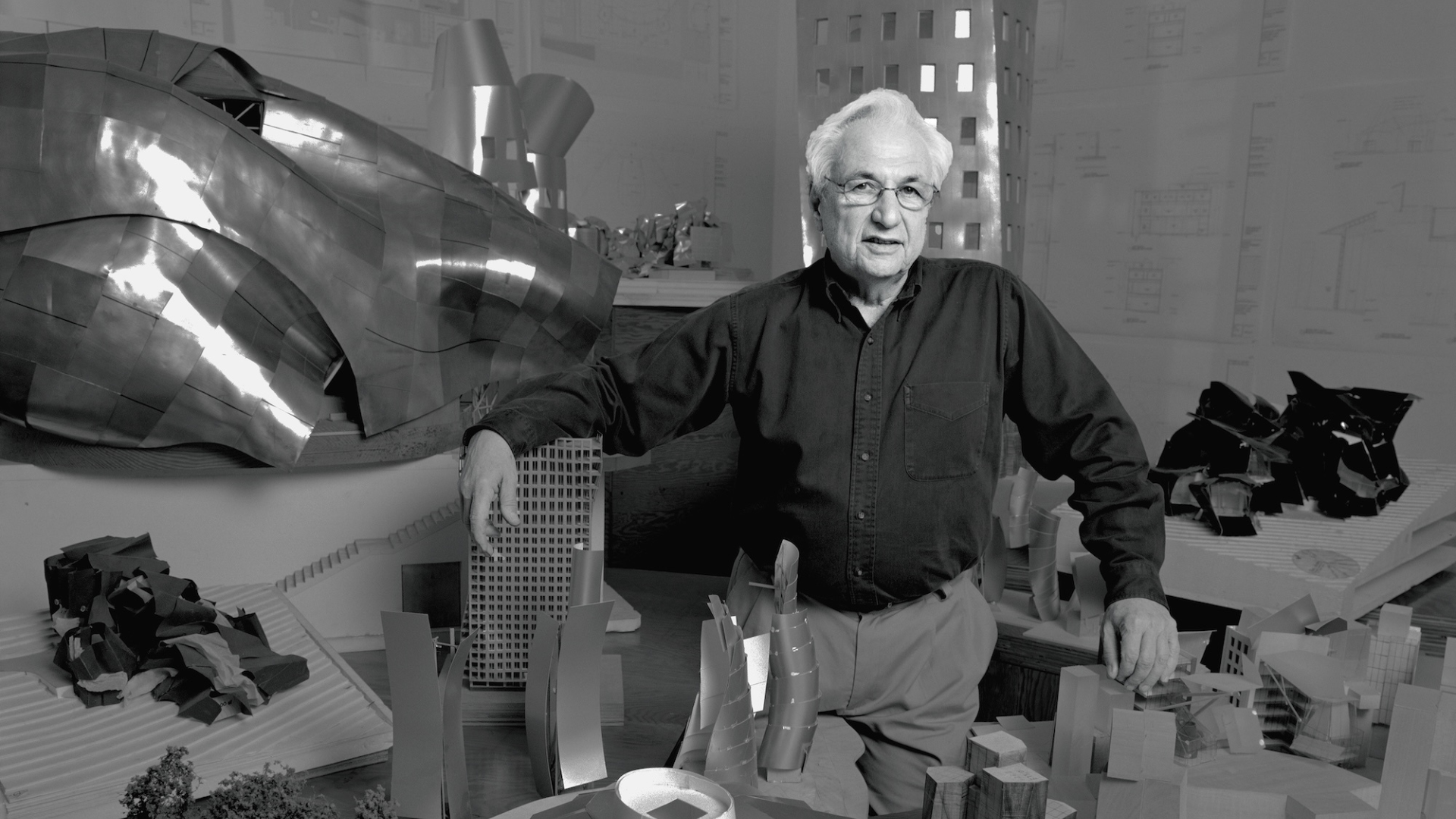 Remembering Frank Gehry, a titan of architecture and a brilliant human being
Remembering Frank Gehry, a titan of architecture and a brilliant human beingLong-time Wallpaper* contributor Michael Webb reflects on the legacy of the Los Angeles architect, who died today at age 96
-
 Lexus finally confirms the name of its all-electric LFA Concept supercar
Lexus finally confirms the name of its all-electric LFA Concept supercarStill designated a design study, the Lexus LFA Concept should be the successor to the most unlikely of all 20th-century supercars
-
 King of cashmere Brunello Cucinelli on his new biographical docu-drama: ‘This is my testimony’
King of cashmere Brunello Cucinelli on his new biographical docu-drama: ‘This is my testimony’Directed by Cinema Paradiso’s Giuseppe Tornatore, ‘Brunello: the Gracious Visionary’ premiered in cinematic fashion at Rome’s Cinecittà studios last night, charting the meteoric rise of the deep-thinking Italian designer
-
 A revived public space in Aberdeen is named Scotland’s building of the year
A revived public space in Aberdeen is named Scotland’s building of the yearAberdeen's Union Terrace Gardens by Stallan-Brand Architecture + Design and LDA Design wins the 2025 Andrew Doolan Best Building in Scotland Award
-
 A refreshed 1950s apartment in East London allows for moments of discovery
A refreshed 1950s apartment in East London allows for moments of discoveryWith this 1950s apartment redesign, London-based architects Studio Naama wanted to create a residence which reflects the fun and individual nature of the clients
-
 In this Cotswolds home, drama meets minimalism
In this Cotswolds home, drama meets minimalismCotswolds home Hiaven house, with interiors designed by McLaren Excell, is a perfect blend of contemporary chic and calm, countryside drama
-
 David Kohn’s first book, ‘Stages’, is unpredictable, experimental and informative
David Kohn’s first book, ‘Stages’, is unpredictable, experimental and informativeThe first book on David Kohn Architects focuses on the work of the award-winning London-based practice; ‘Stages’ is an innovative monograph in 12 parts
-
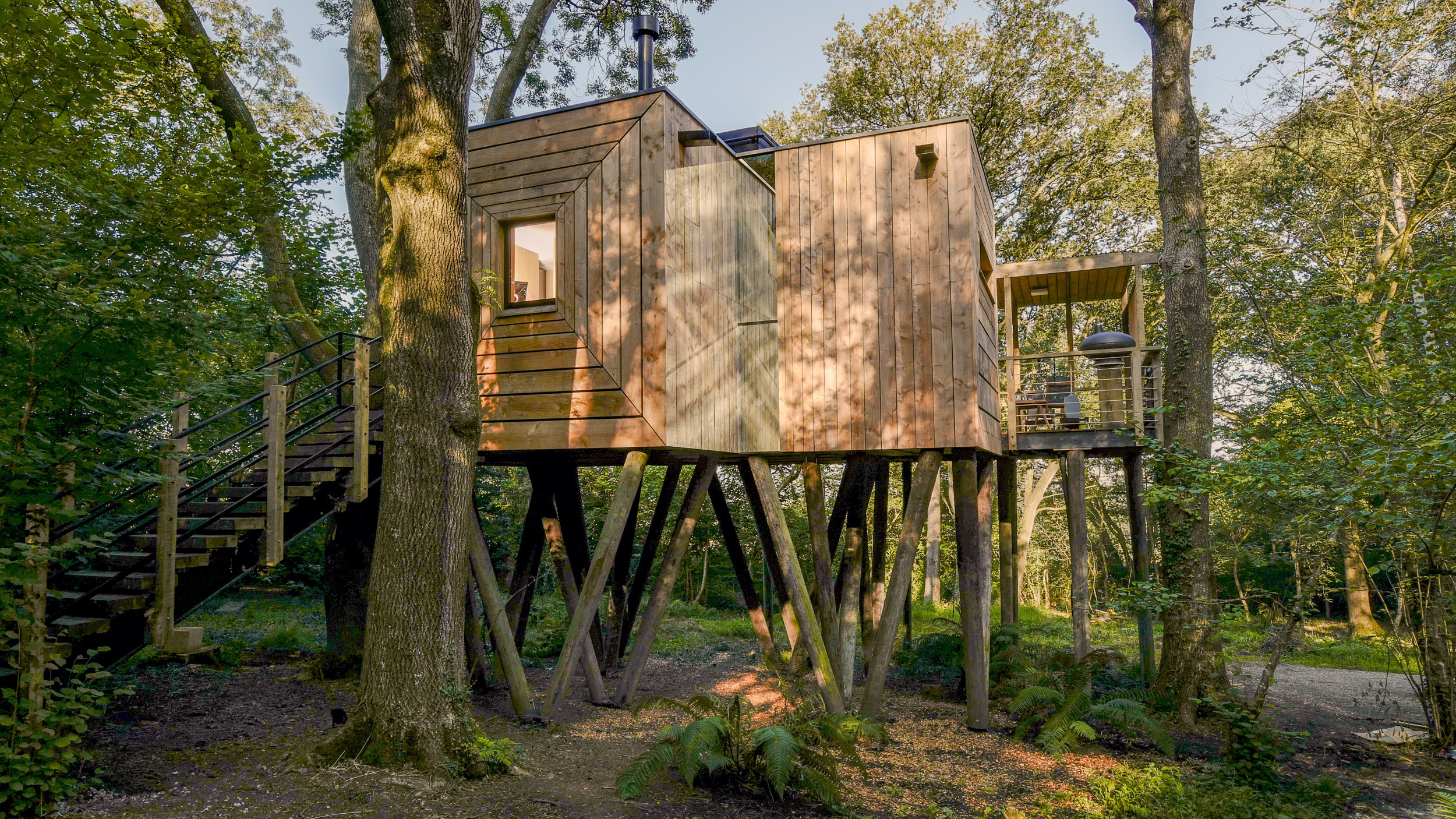 Find solace in the forest at this expansive treehouse retreat in Dorset
Find solace in the forest at this expansive treehouse retreat in DorsetFor sale for the first time, a treehouse, Mallinson’s Woodland Retreat, is a tribute to the skill of designer and master craftsman Guy Mallinson
-
 Modernist Scotland explores the country’s impressive legacy of contemporary architecture
Modernist Scotland explores the country’s impressive legacy of contemporary architectureA new book, Modernist Scotland, delves into the art and ambitions of the International Style in post-war Scotland, presenting 150 projects that typify an age of optimism and innovation.
-
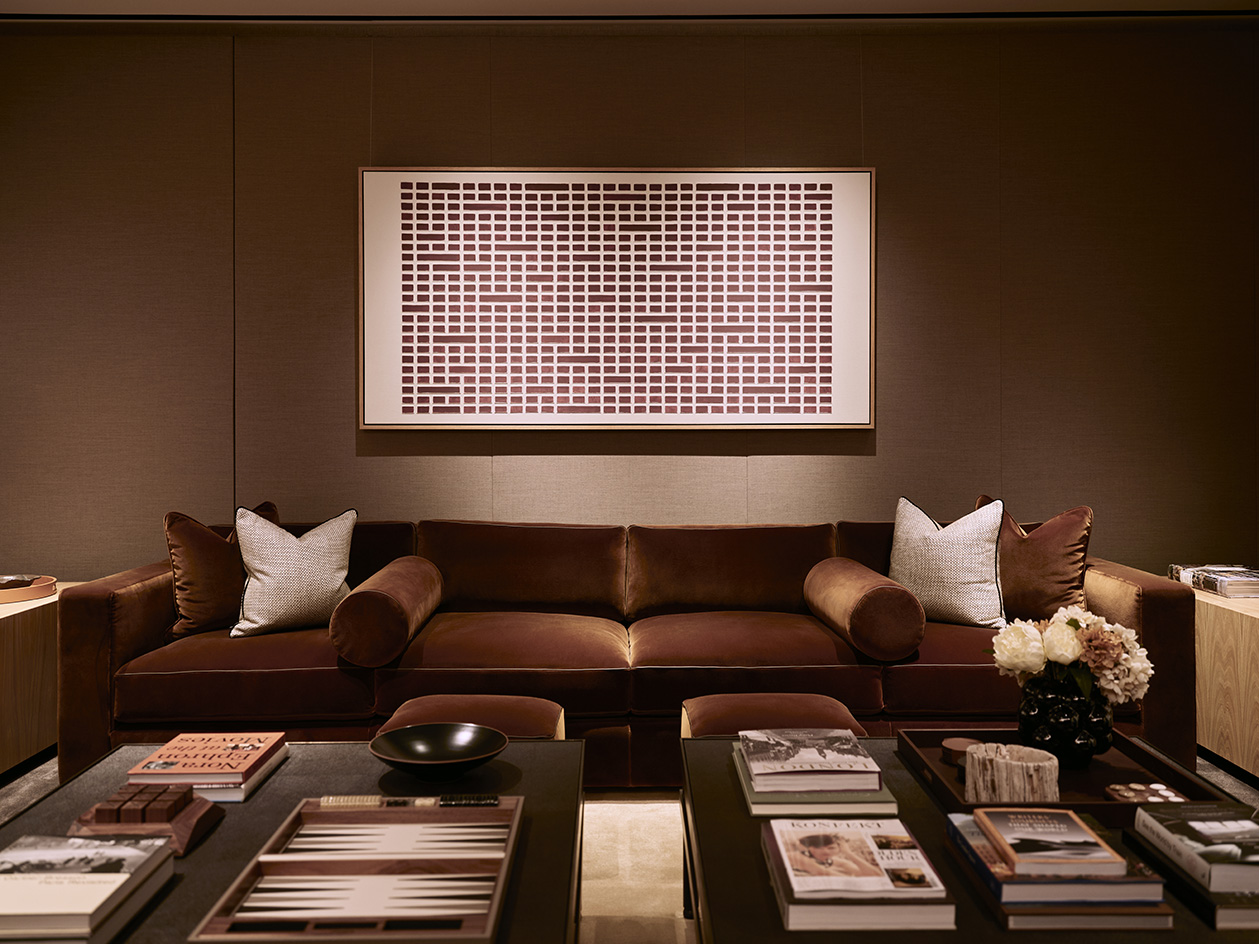 100 George Street is the new kid on the block in fashionable Marylebone
100 George Street is the new kid on the block in fashionable MaryleboneLondon's newest luxury apartment building brings together a sensitive exterior and thoughtful, 21st-century interiors
-
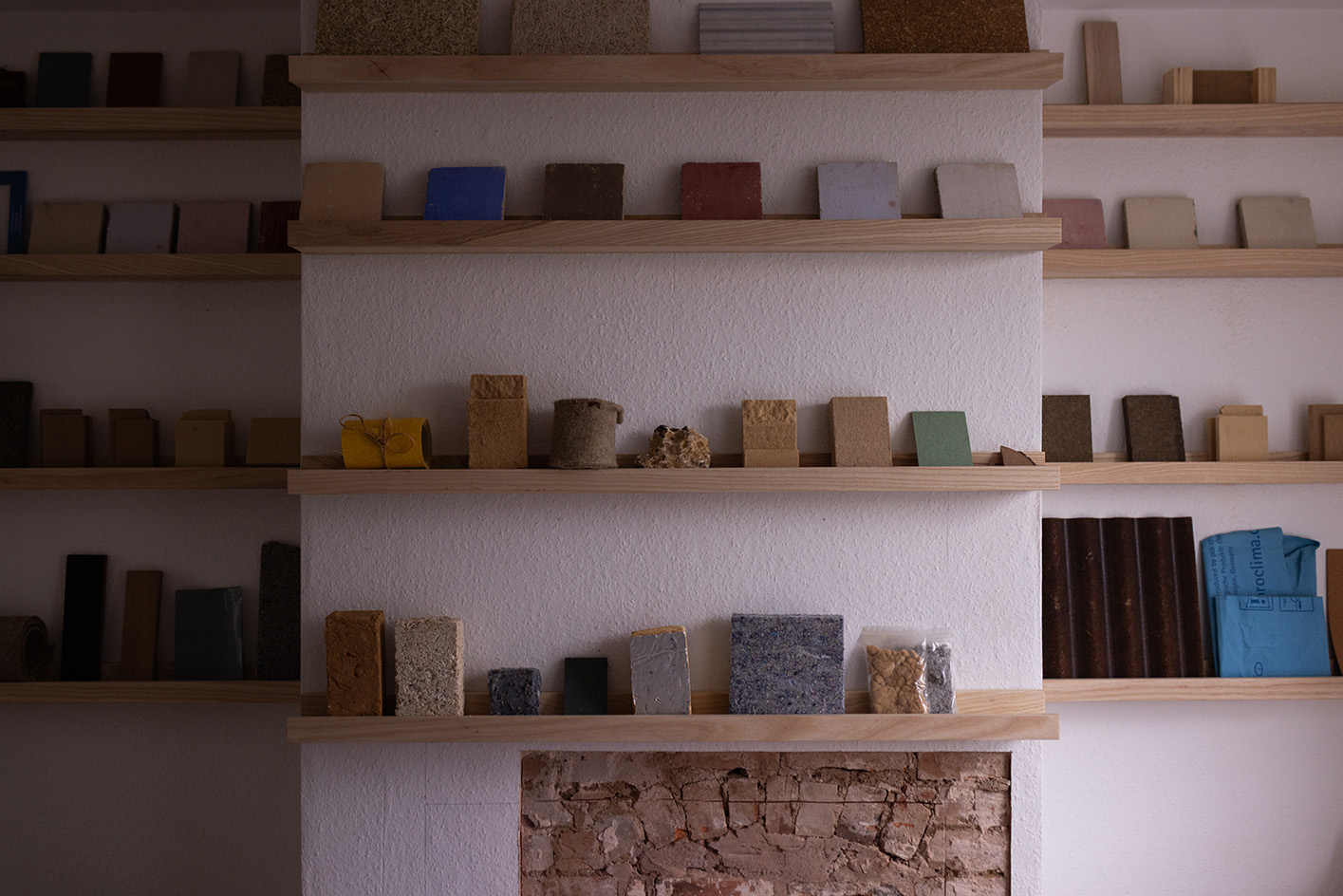 Take a tour of Retrofit House, the live showcase inspiring sustainable homebuilding
Take a tour of Retrofit House, the live showcase inspiring sustainable homebuildingRetrofit House, a showcase for residential redesign using biomaterials and environmentally smart methods, opens in Birmingham, UK, spearheaded by Civic Square, Dark Matter Labs and Material Cultures; we paid it a visit